BOZAR exhibits works by one of the key figures in the Brussels artistic scene during the Renaissance
BRUSSELS.- This spring, as part of the Pieter Bruegel the Elder commemorative year, BOZAR celebrates artistic creation in the hustle and bustle of the sixteenth century. BOZAR presents the doublebill ‘The Age of Bruegel’, two major exhibitions on the Renaissance in the Low Countries: ‘Bernard van Orley’ and ‘Prints in the Age of Bruegel’.
BOZAR kick-starts the Bruegel Year with one of his forerunners: Bernard van Orley (1488 – 1541), who was one of the key figures in the Brussels artistic scene during the Renaissance. While still a young man he headed up one of the most prominent art studios of his time. His innovative style captured the imagination of the elite of the day, including the courts of Margaret of Austria, Maria of Hungary and Emperor Charles. He was given prestigious commissions for opulent wall hangings, paintings and stained glass windows.
Bernard van Orley(1488 – 1541), Portrait of Georges de Zelle, 1519. © Royal Museums of Fine Arts of Belgium.
For the first time ever BOZAR has assembled a hundred or so pieces by the artist Bernard van Orley, on loan from some of the largest collections in the world. A historic opportunity to explore this Brussels master in the town of his birth.
Bernard van Orley was one of the pioneering innovators of Flemish painting in the sixteenth century. His particular talent lay in the ability to unite different streams of artistic expression in a single, new visual language. Van Orley followed in the tradition of the Flemish Primitives but added new elements. His most crucial influences were his meeting with Albrecht Dürer in 1520 and the art of the Italian Renaissance, to which he was introduced through tapestry cartoons by artists such as Rafaël and Leonardo da Vinci. These cartoons circulated in Brussels, the carpet weaving capital of the world in the sixteenth century.
Van Orley's unique style was soon noticed among the highest echelons. Margaret of Austria, who ruled the Netherlands from her court in Mechelen, appointed him as a court painter. She commissioned several important portraits, thereby launching his career. This brought him in touch with the cosmopolitan court of Charles V on Coudenberg hill in Brussels, at that time the centre of European power. Bernard van Orley's artworks cemented the image of these rulers. Over time his focus shifted away from paintings and towards tapestries and stained glass windows, which were more highly valued. The real showpieces were his outstanding tapestries. Their huge size, expensive materials (gold, silver, silk) and bright colours created an astounding effect which amplified the splendour and status of the court.
Besides commissions from the political elite, Van Orley could draw on clients from an extensive network of influential clergymen and humanist intellectuals. To satisfy the huge demand he ran his studio as an artist-cum-entrepreneur. Several of his pupils, such as Michiel Coxcie, Pieter Coecke van Aelst and Pieter de Kempeneer also went on to make a name for themselves.
Bernard van Orley (1488 – 1541), The Birth and Naming of Saint John the Baptist, c.1514-15 © The Metropolitan Museum of Art/Art Resource/Photo SCALA, Florence.
The exhibition
His talent for innovation made Bernard van Orley one of the key historical figures of the art that helped shape the Northern Renaissance. Despite his proven record and his representation in the world's largest art collections, a serious monography of his work has never before been undertaken. The Royal Museums of Fine Arts of Belgium, the Art & History Museum of Brussels and BOZAR have come together to back this unique project.
Drawing on a hundred or so of Bernard van Orley's artworks the exhibition sheds light on the vast spectrum of subjects and techniques with which this artist made his name. In addition to the paintings it offers a broad overview of his tapestries, drawings and stained glass windows. The works take us through the different stages of the artist's career, from everyday activities in his studio to his role as court artist. They immerse the visitor in the pomp and circumstance with which the religious, intellectual and political elite were imbued in the sixteenth century, when Brussels was the centre of the world under Charles V.
Bernard van Orley (1488 – 1541), Portrait of Marie Haneton, c. 1518-1519 © National Galleries of Scotland.
Among the top works are two wall hangings from the Charles V Hunting series (on loan from the Louvre in Paris), a wall hanging from the Battle of Pavia series (on loan from the Museo di Capodimonte in Naples) and two tapestries from the Royal collection in Madrid, the largest collection of 16th century Brussels tapestries. From another two collections, including those at the Metropolitan Museum New York, are assembled two exceptionally well-conceived draft sketches for (lost) wall hangings commissioned by the court of Nassau. On the occasion of the exhibition several sets are also reunited for the first time. At last, therefore, the Saint John the Baptist altarpiece from the MET stands shoulder-to-shoulder with its other half, on loan from a private collection. The Jean II Carondelet diptych is also reunited.
Finally, the exhibition features a number of works by his artistic influences, such as etchings and a drawing by Dürer, etchings by Mantegna and Rafaël, and plenty more besides.
The exhibition will be accompanied by a comprehensive reference catalogue, published by BOZAR BOOKS and Mardaga.
Bernard van Orley (1488 – 1541), Autoportrait de Bernard van Orley, détail du Polyptyque de Job et de Lazare, c. 1521 © Musées Royaux des Beaux Arts de Belgique.
Bernard van Orley, The Virgin of Louvain, c. 1519 © Photographic Archive. Museo Nacional del Prado, Madrid
Bernard van Orley (1488 – 1541), The Haneton Triptych, beginning 1520 © Royal Museums of Fine Arts of Belgium
Bernard van Orley (1488 – 1541), Virgin and Child adored by St Martin, 1514
Bernard van Orley (1488 – 1541), The Knighting of Saint Martin by the Emperor, c. 1514 © Photo Courtesy Nelson-Atkins Media Services / Jamison Miller
Bernard van Orley et atelier, Triptych of Our Lady of Seven Sorrows, c. 1530-35, Musée des Beaux-Arts et d’Archéologie, Besançon © C2RMF/Alexis Komenda
Bernard van Orley (1488 – 1541), Atelier Dermoyen, Bruxelles, The Battle of Pavia. Attack on the French Camp and Flight of the Besieged, 1525–31, ©Museo e Real Bosco di Capodimonte - Ministero dei beni e delle attività culturali.
D’après Bernard van Orley, Le Mois de mars ou Le Signe du bélier ou La chasse au faucon, de la tenture dite des Chasses de Maximilien, c. 1531-33. Photo: © RMN-Grand Palais (Musée du Louvre)/Daniel Arnaudet.
Bernard van Orley (1488 – 1541), Legend of Our Lady of the Sablon: The Statue of the Virgin Welcomed with Grand Pomp in Brussels, 1516–18 © RMAH, Brussels
Bernard van Orley (1488 – 1541), Sainte Hélène devant le pape à Rome, c. 1510 – début 1520, © Musées Royaux des Beaux-Arts de Belgique.
Bernard van Orley (1488 – 1541), Charlemagne Depositing the Relics of the Passion at Aachen Cathedral, end 1510s – beginning 1520s © Musei Reali Torino- Galleria Sabauda - Su concessione del Ministero dei beni e delle attività culturali e del turismo.
Bernard van Orley (1488 – 1541), La Sainte Famille, 152(1) ? Paris, musée du Louvre © RMN-Grand Palais (musée du Louvre) / Tony Querrec

/https%3A%2F%2Fprofilepics.canalblog.com%2Fprofilepics%2F1%2F0%2F100183.jpg)
/https%3A%2F%2Fstorage.canalblog.com%2F03%2F02%2F119589%2F96711876_o.jpg)
/https%3A%2F%2Fstorage.canalblog.com%2F11%2F31%2F119589%2F94773502_o.jpg)
/https%3A%2F%2Fstorage.canalblog.com%2F20%2F83%2F119589%2F94772815_o.jpg)
/https%3A%2F%2Fstorage.canalblog.com%2F26%2F72%2F119589%2F75604929_o.jpg)
/https%3A%2F%2Fstorage.canalblog.com%2F59%2F60%2F119589%2F26458628_o.jpg)



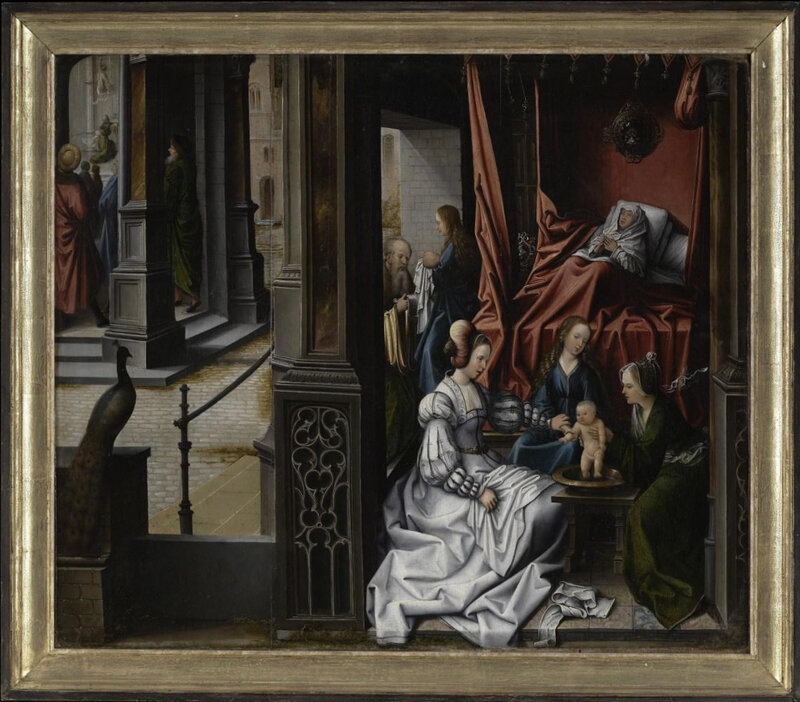


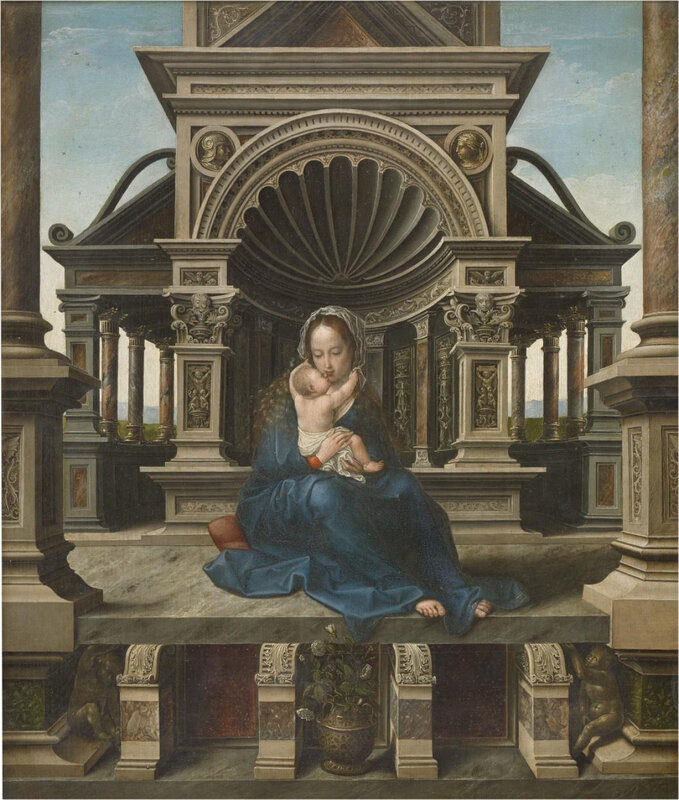
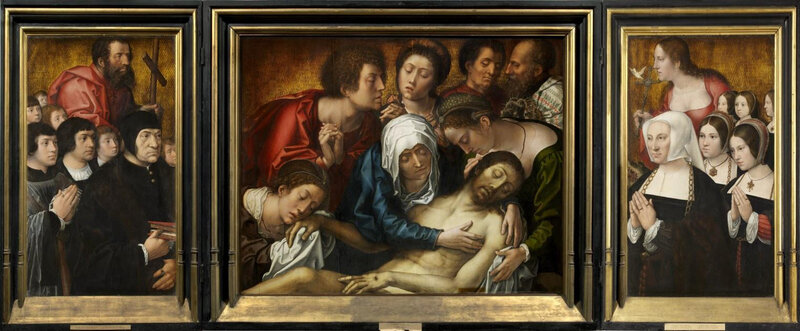
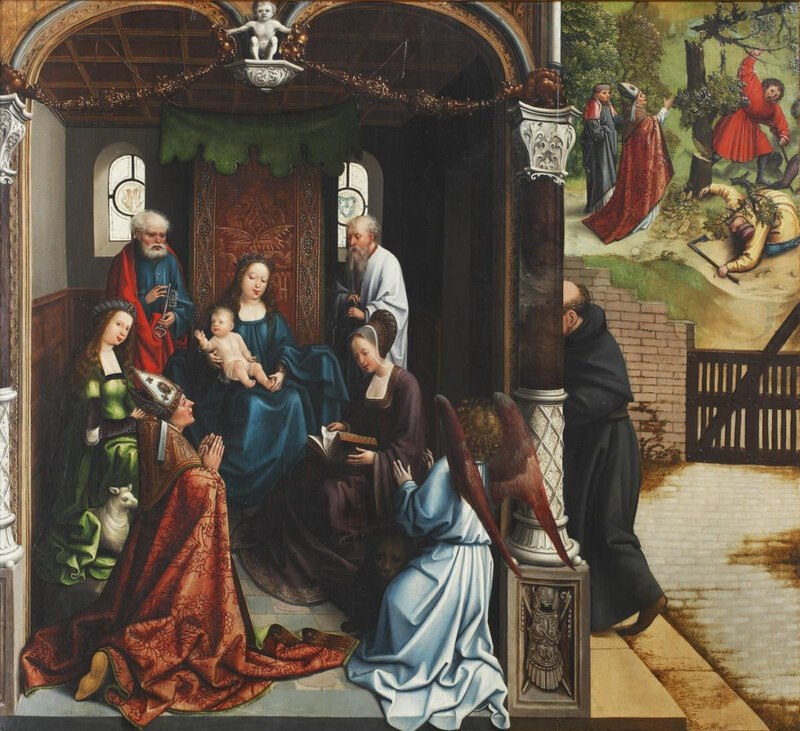
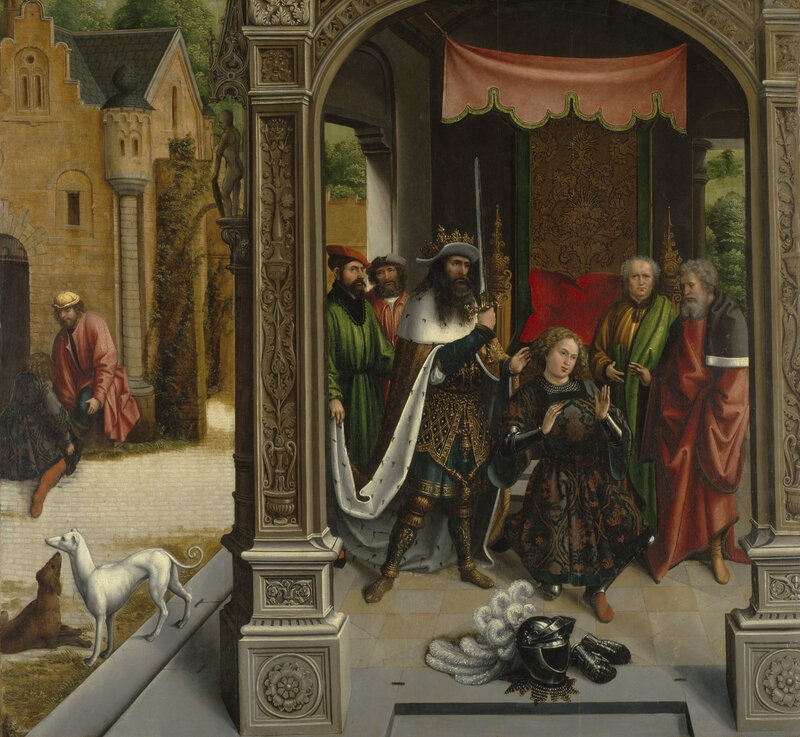

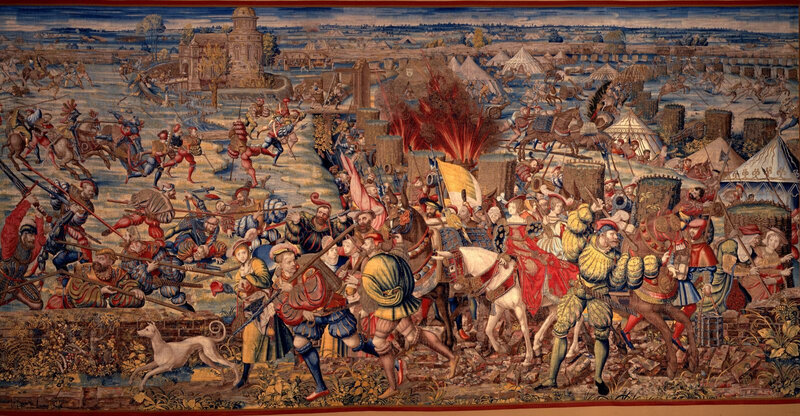
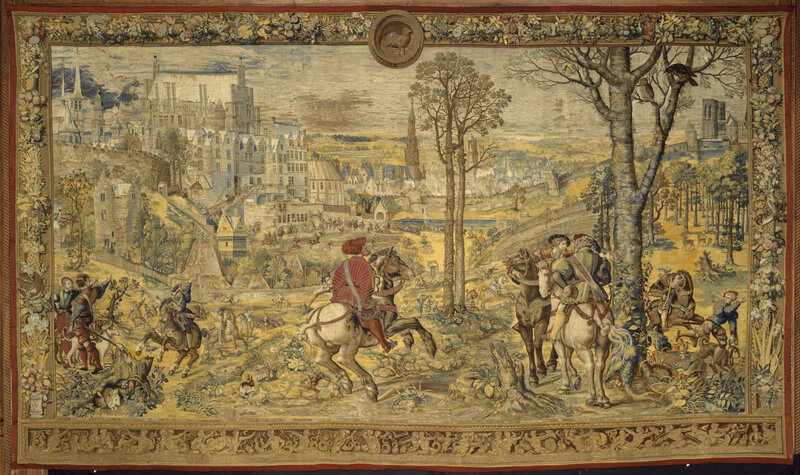

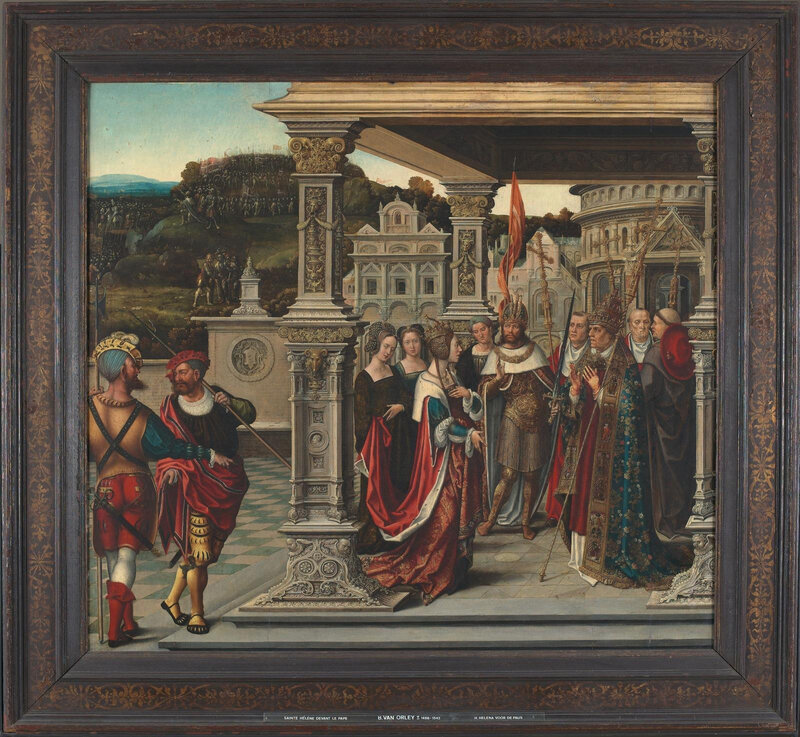
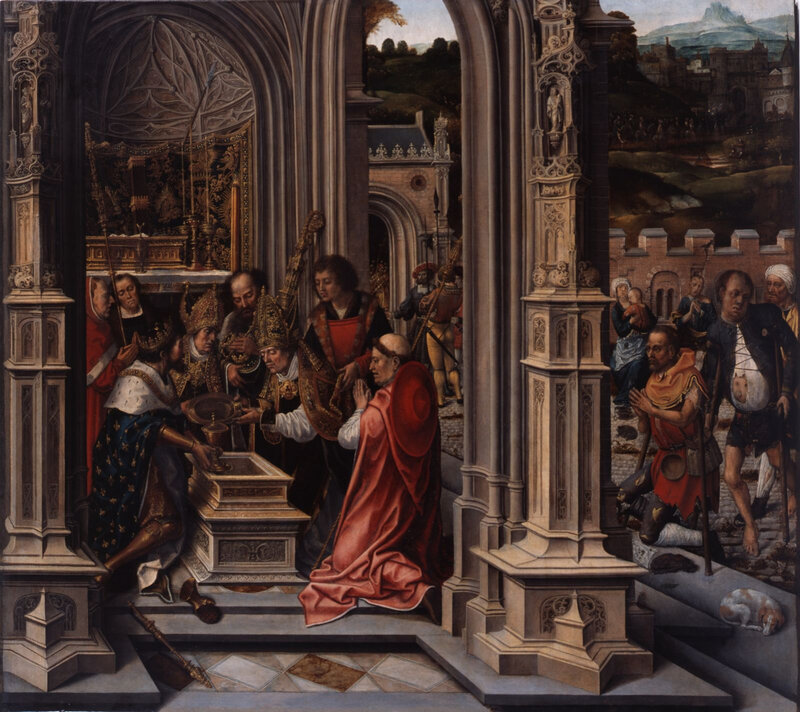




/image%2F1371349%2F20240426%2Fob_dcd32f_telechargement-32.jpg)
/image%2F1371349%2F20240426%2Fob_0d4ec9_telechargement-27.jpg)
/image%2F1371349%2F20240426%2Fob_fa9acd_telechargement-23.jpg)
/image%2F1371349%2F20240426%2Fob_9bd94f_440340918-1658263111610368-58180761217.jpg)